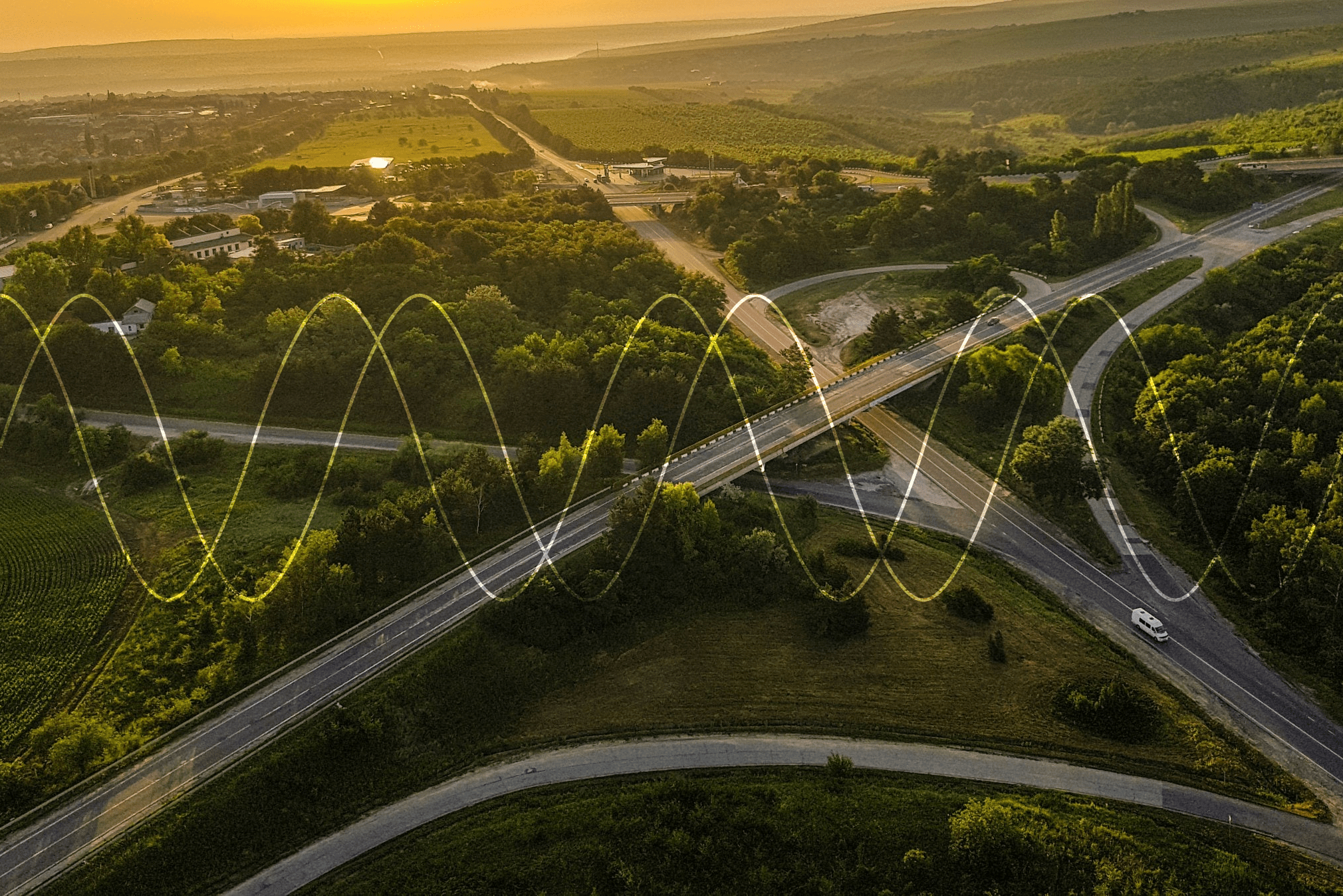Motivations and behaviors are changing. It’s time to rethink what you sell and how you sell it.
Businesses are facing an uncertain future, due to the coronavirus pandemic and its impacts across sectors and industries. Customer behavior has changed dramatically over the past six months — people stopped purchasing some goods and services entirely, while supply chain issues and overwhelming demand have led to shortages of other items.
Organizations have put their 2020 plans aside and are making, in real time, their best guesses for 2021 and beyond. Which customer behaviors are temporary and which behaviors are permanent? Will those who abandoned public transportation come back to subways and buses, or will they become car-dependent for the foreseeable future? Will recent experiences with telehealth mean fewer in-office doctor visits in the coming years? Some sectors and activities will bounce back like nothing ever happened; some will be changed forever.
Post-war vs. post-recession customers
Eventually, the coronavirus will be contained and increased economic activity will resume — but it won’t look the same as before. Understanding customer behaviors and motivations will be critical to any organization’s success in the post-pandemic economy. While many are looking to past recessions as a reference point, it’s more likely that the post-pandemic customer’s behaviors and motivations will be similar to a post-war period. After a recession, value-conscious customers tend to seek out bargains on things they typically buy. But after a war, industry and economic shifts are often much more profound.
Following World War I and World War II, pent-up demand and advancements in technology boosted the market for consumer goods. Families migrated to the suburbs, and the invention of air conditioning led to the growth of Sun Belt cities such as Houston, Atlanta, Miami, and Phoenix. Transformational innovation fueled post-war booms and created entirely new industries: automobiles and electrification after World War I, followed by aviation and electronics after World War II. High wages and plentiful jobs made Americans eager to spend, even as women were forced out of the jobs they took on as men returned from the war.
There are no obvious customer segments
Right now, even those who are employed and secure feel some level of uncertainty about the present and the future. A quadruple pandemic — COVID-19, high unemployment, racial inequality, and climate change — has placed a strain on Americans’ physical health, mental wellbeing, and financial security. Everyone is in survival mode, but perhaps for different reasons. One person may be healthy and safe, but worried about keeping their job while managing remote school for their children; another family may be evacuating from a hurricane area or forest fire and not thinking at all about the coronavirus or going back to school. Just like wartime values are different from peacetime values, customers make different trade-offs when they’re in survival mode than when times are prosperous and stable.
Considering today’s impact on the future
Of course, the 21st century is much different than the 20th century, and both macro- and micro-futures are hard to predict. There are a number of key questions to consider today as we plan for the future. What will return to “normal,” and what will we abandon or reinvent? What will stick, and what will slide away? How will this moment in time change individual long-term values and society as a whole? And how will those values, in turn, impact customer behaviors?
Everything you thought you knew about your customer is changing right now. To get a better sense of the long-term shifts, it helps to think about the second- and third-level impacts of the trade-offs your customers are making this year and into 2021. A few examples:
- Remote work has fundamentally disrupted transportation behaviors. This shift affects small businesses and local economies that depend on tourists and commuters. It also means that daily commuters aren’t exposed to the billboards and transit advertising they typically see. When the customer journey changes, companies need to rethink discovery, including marketing and advertising.
- Last year’s eco-conscious customers boycotted plastic straws; this year, they’re wearing disposable masks and buying COVID cars. The perceived tension between convenience and the environment may prompt customers to explore options for offsetting their use of plastics and fossil fuels — or they may be too exhausted to focus on more than one crisis at once.
- Quarantine cooking and lack of physical activity have led to weight gain for many. Tailors are busy, and some people are buying new clothes. But the near-term is uncertain, and those who can afford new outfits may not know who or what they’re dressing for — working from home or returning to the office? Netflix by the fire or outdoor dining in the winter?
- Healthcare providers may be unaware of changing nutrition or exercise patterns if patients aren’t booking office visits. Foregoing in-person preventative care may result in long-term health issues. Meanwhile, those who seek virtual care may continue using telehealth even after they feel safe enough to visit their doctor’s office.
- Working parents face the additional burden of juggling partially remote school schedules and helping children with virtual lessons, and the pandemic is disproportionately affecting women. Those who never before considered leaving public schools may be joining a “pod” or homeschooling. And some families are leaving cities for more space or relocating so they’ll be closer to grandparents or others who can provide much-needed childcare and support. Migration and school enrollment changes have a lasting impact on tax revenue, municipal budgets, and community services.
- Hospitality, travel, and entertainment industries have been hit particularly hard this year, and lower-wage workers in those businesses have faced unemployment and uncertainty. Economists say some of the lost jobs will not return. Workers in affected industries may transition to entirely different occupations, but four-year college may be out of reach. That may prompt individuals and employers to rethink training and education priorities; community colleges, libraries, and work-based learning programs are well-positioned to fill the gaps.
Planning for 2021 and beyond
In the coming months, organizations may need to rethink what they sell, how they sell it, who they sell it to, and when location really matters. Developing a deeper understanding of customers’ evolving motivations and barriers may lead to resegmenting and new markets – and new value propositions. Businesses may also find they have an entirely new set of competitors; for instance, a hospitality company’s customers may be spending their vacation money on home improvement or a new car instead. Depending on the product or service offering, organizations may also need to reexamine assumptions and strategies around volume, supply chain, seasonality, delivery, marketing and advertising, and the use of commercial space.
Our weekly email newsletter features updates and insights for the future-ready executive: Subscribe to the Lab Report.



